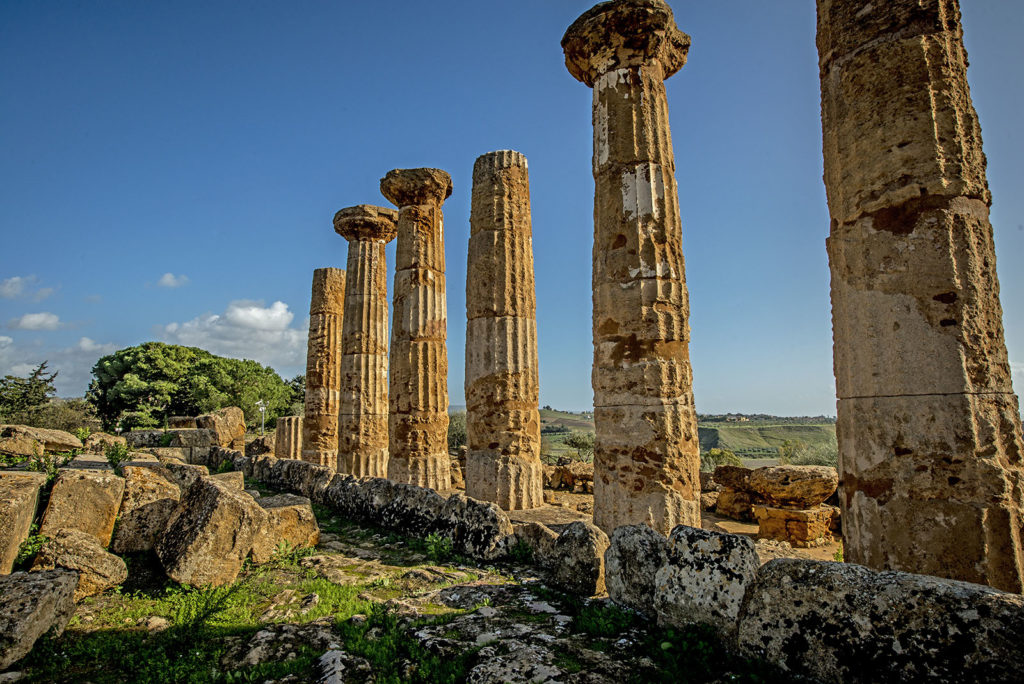At the behest of the Sicilians, with whom a few years earlier he had proven himself to be an excellent quaestor of
Lilybaeum
, Cicero returned to Sicily and landed at Heraclea, where he was welcomed by a population that demanded justice for the misdeeds it had suffered.
In spite of the bad public administration for which he hurled fierce abuse at Verres, Cicero’s belief that the government of Rome was the best thing that could happen to Sicily was clearly evident in his In Verrem.
Indeed, once it became Agrigentum, the city went through a period which, although disturbed by minor conflicts over the years, allowed for its economic and cultural development.
The Agrigentines, defined in the work as fortissimi viri, diligentissimi aratores (valiant and diligent farmers), lived peacefully in their city together with the many Roman citizens who had settled there afterwards. Though the melting pot of cultures established there was therefore very varied, the civic body of the city was very cohesive, and the Greek part of the population, custodians of ancestral memories, was so highly considered that the majority of seats in the Senate were assigned to former inhabitants of the polis.
To confirm this fact, the texts of In Verrem tell of the story of Verres’ attempt to steal the statue of the god
Hercules
from the temple of the same name, as well as the unanimous reaction of the citizens who, once the alarm was raised, took collective action to avoid the plundering of the sacred building.
